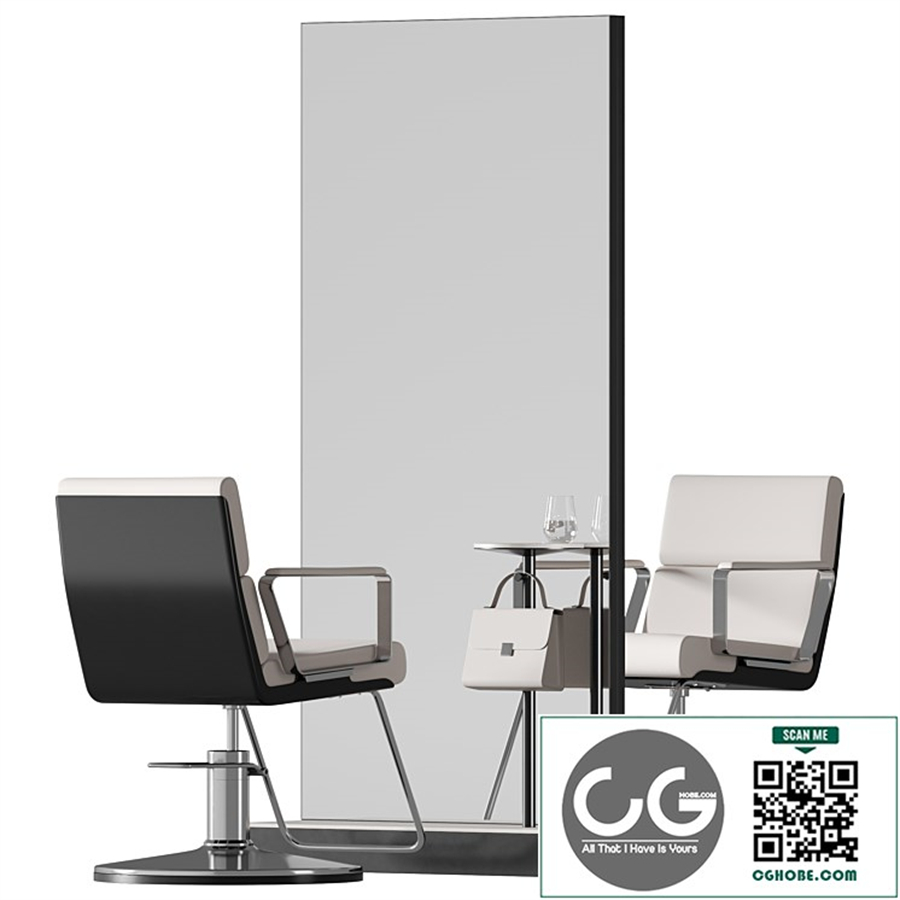## A Bouquet's Tale: Exploring the Design of "Bouquet of Flowers in a Vase 20"
This document delves into the design considerations behind "Bouquet of Flowers in a Vase 20," a project seemingly simple on the surface but rich with potential for artistic expression and technical finesse. We will explore the design process through various lenses, dissecting the elements that contribute to its overall impact and considering the multitude of choices available to a designer working on such a seemingly straightforward subject.
Part 1: Defining the Brief – *Subject Matter* and *Intent*
The starting point for any design project is a clear understanding of the brief. "Bouquet of Flowers in a Vase 20" immediately presents us with our core subject: *a bouquet of flowers arranged within a vase*. The "20" might refer to several things: the *year of creation*, a *project number*, or even a *specific style or theme* (perhaps referencing a particular artistic movement or a design trend of 2020). Understanding this numerical designation is crucial to interpreting the overall intent.
The design's intent, however, is more nuanced. Is the goal *photorealism*, aiming for an incredibly accurate depiction of a floral arrangement? Or is the aim *stylization*, prioritizing aesthetic choices over strict realism? Perhaps the intent is *symbolic*, using flowers to convey a specific *message* or *emotion*. These questions fundamentally shape every design decision. A realistic bouquet might require meticulous attention to *texture*, *lighting*, and *botanical accuracy*. A stylized version, however, might favor bold *color palettes*, *abstract forms*, and expressive *brushstrokes*. A symbolic approach might rely on the *language of flowers*, using specific blooms to convey specific meanings.
Part 2: Choosing the *Composition* and *Elements*
The *composition* is the arrangement of elements within the design. In "Bouquet of Flowers in a Vase 20," this involves the placement of the flowers, the shape of the vase, and the overall balance of the arrangement. A *symmetrical* composition can create a sense of order and formality, while an *asymmetrical* composition might feel more dynamic and spontaneous. The *rule of thirds*, a fundamental principle of composition, can be employed to guide the placement of the *focal point*, perhaps the most striking flower or the most interesting curve in the vase's form.
The choice of *flowers* themselves profoundly impacts the final result. The *species*, *colors*, and *textures* of the flowers contribute to the overall mood and aesthetic. Delicate *wildflowers* might evoke a feeling of rustic charm, while luxurious *roses* might suggest elegance and romance. The selection of flowers is not merely aesthetic; it also impacts the *overall form* and *visual weight* of the bouquet. Consideration should be given to *color harmony* and *contrast*, aiming for a balanced and visually pleasing arrangement. Furthermore, the *vase* itself is a significant design element. Its *shape*, *material*, *color*, and *texture* all interact with the bouquet, influencing the overall feel. A simple, *minimalist* vase might allow the flowers to take center stage, while a highly ornate vase might become a significant element in its own right.
Part 3: *Technical Aspects* and *Style Considerations*
The *technical execution* of "Bouquet of Flowers in a Vase 20" will depend heavily on the chosen medium. Is the design a *painting*, a *drawing*, a *digital illustration*, a *photograph*, or something else entirely? Each medium presents its own set of challenges and opportunities. A *painting* might prioritize *brushwork* and the interplay of *pigments*. A *drawing* might focus on *linework*, *texture*, and *shading*. A *digital illustration* offers the flexibility of numerous *tools* and techniques, allowing for immense control over *color*, *texture*, and *detail*. A *photograph* requires careful consideration of *lighting*, *composition*, and *post-processing*.
The *style* of "Bouquet of Flowers in a Vase 20" is another critical consideration. Will it be *realistic*, aiming for photographic accuracy? Or will it be *impressionistic*, focusing on the capture of light and atmosphere? Perhaps it will be *abstract*, prioritizing the exploration of form and color over literal representation. The chosen *style* dictates the level of detail, the application of color, and the overall aesthetic approach. The selection of a style often reflects the *artist's personal expression* and their intended *audience*.
Part 4: The *Context* and *Audience*
The design's *context* is also important. Where will this design be displayed or used? Is it intended for a *gallery*, a *website*, a *book*, a *greeting card*, or another application? The *intended audience* also influences the design choices. A design intended for children might utilize a more playful and whimsical style, while a design for a sophisticated art gallery might require a more refined and nuanced approach.
Furthermore, the *cultural context* and the potential *symbolism* associated with flowers should be considered. Different flowers hold different meanings in different cultures, and understanding these nuances can add another layer of depth and meaning to the design. The *overall message* the artist intends to convey should be thoughtfully considered, and every element of the design should contribute to that message.
Part 5: *Iteration* and *Refinement*
The design process is rarely linear. "Bouquet of Flowers in a Vase 20" likely underwent several *iterations* and *refinements* before reaching its final form. The artist may have experimented with different *compositions*, *color palettes*, and *styles* before settling on a final design. This *iterative process* is crucial for achieving a successful and impactful design. *Feedback* from peers, mentors, or potential audiences can also inform the design process and lead to significant improvements. The final design reflects not only the artist's skill and vision, but also their willingness to learn and adapt throughout the creative journey. By carefully considering each aspect of the design process, from the initial concept to the final rendering, the artist can create a work that is both technically proficient and emotionally resonant. The seemingly simple subject of a bouquet of flowers in a vase, therefore, becomes a canvas for complex artistic expression and thoughtful design.









































